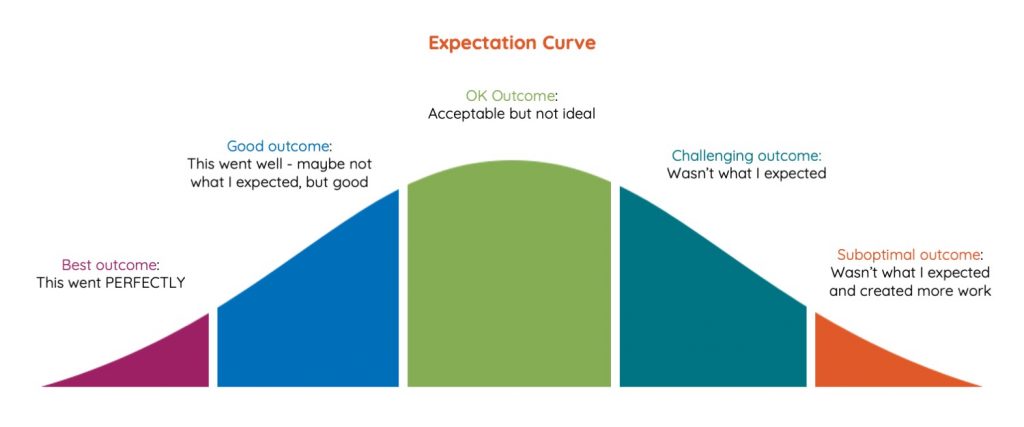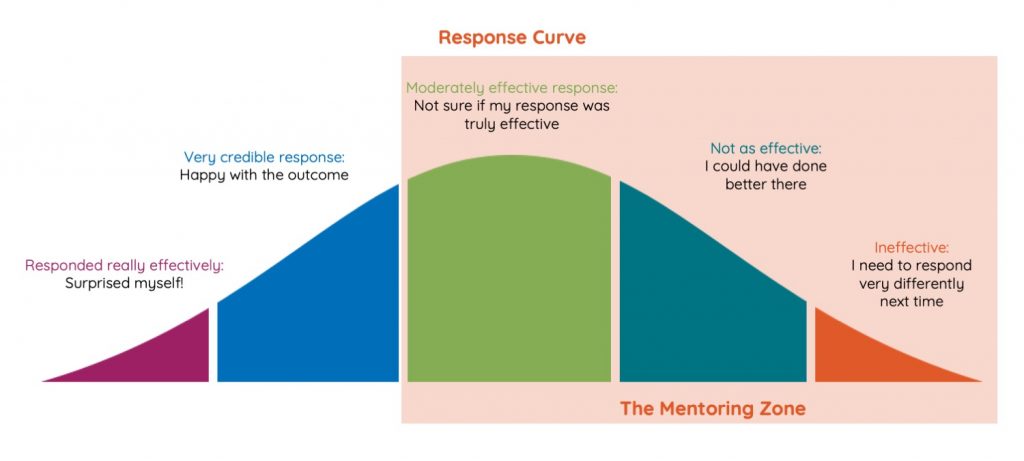“Boosting productivity sometimes needs a complete overhaul of vision, a new way to create success, and the motivation to overcome the many challenges on the path forward.” ~Christy Pettit
Increasing workplace productivity and boosting business output is always front and centre for any organization. Think about any business meeting, call, workshop, or webinar. How often is the word “productivity” tossed around? The reality is that almost every business interaction has either overt or underlying tones about improving productivity by reducing costs, increasing efficiencies, and building motivation and engagement among your key stakeholders. However, there comes a time when the typical measures may just not be sufficient or effective for pivoting your business productivity levels amid new or emerging realities.
Pollinate CEO, Christy Pettit believes that these are moments when we must pause and learn to use the improv technique, “Yes, and” – a fundamental pillar of improvisation. “Yes, and” symbolizes turning off autopilot to respond effectively in “this” context, and not to what “usually happens”, or you would have “liked to happen”. Simply put, the “Yes” is about acknowledging the present reality as the truth, while the “and” is about building on that reality to meet the desired expectations and goals.
However, applying the “Yes, and” principle requires an intrinsic change in mindset and behaviours. Through the right mentoring programs, you can equip yourself and your teams with contextually relevant behaviours that drive productivity and lead to the desired business outcomes.
Use the “Yes, and” Principle to Improve Organizational Productivity
The “Yes, and” principle has the potential to boost productivity and efficiency in any evolving landscape despite stiff competition or unprecedented challenges.
“Yes, and” is a fundamental improv exercise that teaches us how to assimilate new information and contribute effectively to the present realities.
Here are the three key steps for applying this approach.
1. Finding a New Groove
“Yes, and” is a hard moment because it feels uncomfortable to break our well-established or proven patterns of past interactions. Thriving in the sea of change brought on by any new realities certainly calls for forging ahead like usual, but it also requires us to find a new groove.
For any organization, the usual tolerance for expectation versus outcome may look something like this:

This is sustainable as we get a reasonable level of “What we expected”. However, if your organization is at a pivotal moment of accepting the new realities of a changing business landscape, the quotient of things going “as expected” may be quite skewed. Moreover, it is not just about the sub-optimal outcomes, but also a depleted capacity to deal with the new realities or expectations – mentally, emotionally, or even physically.
2. Getting into the Zone
The mismatch between realities, expectations, and capacities can have a downward-spiralling effect on your organization’s efficiency and productivity levels. But simply giving up on expectations and accepting changes is easier said than done. Both you and your teams are quite likely to experience feelings of indignation or exhaustion, as well as negative emotions stemming from things being different and difficult.
A well-tailored mentoring program can help:
- Empower you and your teams with healthy coping strategies that focus on stress management and mental health.
- Keep your teams functioning effectively by ensuring that every person takes personal accountability with support for their own capacity.
3. Changing your Normal Patterns of Response
Ultimately, it is about pausing once for all, preparing to change from normal response patterns, and committing to managing the expectation curve differently. However, in order to ensure that you can cope with the difficult zones of the response curve, find a mentor, a co-mentoring group, or leadership cohort. Besides helping eliminate the operating biases built on past approaches or interaction patterns, mentoring will also increase response effectiveness within your actual work context.
Getting into the mentoring zone may lead to an expectation versus response curve like the one below:

This response curve is what your organization needs as you pass through your “Yes, and” moment and march on towards greater productivity, efficiency, and engagement.
Build A Productive Organization through Effective Mentoring
At Pollinate, we have perfected the art and science of matching people and can help your team get to “Yes, and” discussions. Mentoring is all about making the right match, and our proven Cross-Pollinate AI TM algorithm strategically matches individuals for a more productive mentoring experience every time.
Leaders, if you want to increase your organization’s response effectiveness to emerging realities, prepare your teams to be mentors and mentees, these skills are critical to surviving in the new world and offer a highly beneficial blend of “knowledge transfer + social support.”
Interested in learning more about our mentoring software program? Get in touch with one of our knowledgeable professionals today to set up a demonstration of how powerful the Pollinate mentoring software can be.
 Christy Pettit is Chief Executive Officer and co-founder of Pollinate Networks Inc.
Christy Pettit is Chief Executive Officer and co-founder of Pollinate Networks Inc.
For 25 years, Christy has developed new approaches and best practices for agile, effective organizations worldwide. She is an expert on matching people and organizations for applications including knowledge transfer and mentorship programs, flexible virtual and hybrid teams, and productive organizational and business ecosystems and networks.

 Christy Pettit is Chief Executive Officer and co-founder of Pollinate Networks Inc.
Christy Pettit is Chief Executive Officer and co-founder of Pollinate Networks Inc.


